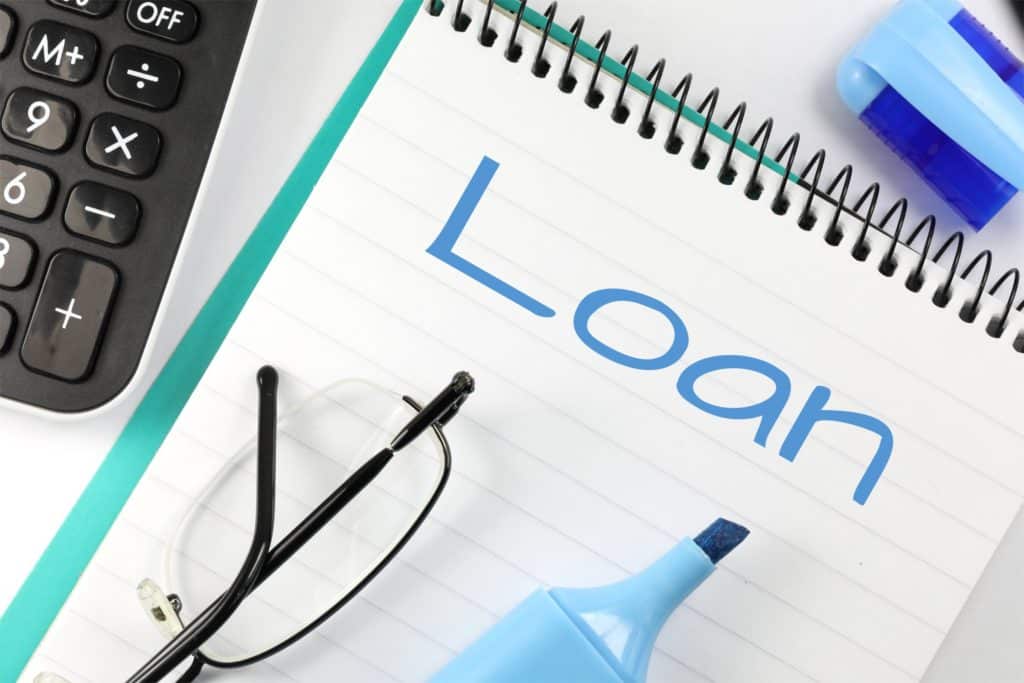Private money lending is a great way to get funding for your investment projects without going through a bank. Private lenders are individuals or companies willing to lend money to people for a specific purpose, usually investment-related.

The benefits of private money lending are that it is usually a faster and easier process than going through a bank, and the requirements are often less strict. Private lenders like Bugis Credit are also typically more flexible regarding repayment terms.
If you’re considering applying for a loan through private money lending, you should consider a few things.
1. A Simplified Loan Process
A simplified loan process is a transaction with fewer requirements for both the borrower and the lender. It can mean a faster, more effortless transaction for all parties involved.
In the simplified loan process, borrowers need to furnish fewer requirements. The entire process is faster and more accessible for all parties involved. It is because there’s consent between two parties – the lender and the borrower. As long as the property is available to be used as collateral, nothing delays the issuance of the loan money. So borrowers can enjoy better facilities and conventional loan benefits with this type of transaction.
If you’re considering a private loan, be sure to:
- Research different lenders
- Compare interest rates
- Consider the repayment terms
- Read the fine print
When you’re ready to start the loan procedures, the simplified process offered by private lenders may be the best option for you.
2. Determine If You Qualify
It is essential to determine if you qualify. To qualify for a private loan, you’ll need to have:
- A good credit score
- A steady income
- Equity in your property
If you have a history of bad credit, there is no need to be concerned – there are still options available to you. Some private lenders work with borrowers with less-than-perfect credit as long as they have equity in their property.
Keep in mind that lenders can have different requirements, so it’s essential to do your research and find one that’s a good fit for you.
Once you’ve found a trustworthy and reliable lender like Bugis Credit, the next step is to fill out an application. The application process is generally straightforward, and you can usually do it all online.
Once you’ve submitted the paperwork, the lender will review it and decide. If you’re approved for a loan, the money will be deposited into your account, and you can start using it right away.
3. Time Required To Have The Money Credited
Private lenders typically deposit the money into your account within a few days, so you can start using it right away.
The great thing about private money lending is that it’s a fast and easy process. There are fewer requirements, and the entire process is easier for all parties involved.
4. How You Use The Money
Now that you have the money, it’s time to put it to good use. Remember, private lenders are typically more flexible regarding repayment terms. So, if you need, you can usually negotiate a longer repayment period.
Things to consider:
- What is your exit strategy?
- How will you make payments?
- What are the risks involved?
To repay your loan, you need to have a solid plan. It will help you avoid any complications down the road. Having a plan can also make financial planning in the long-term easier for you, as you don’t constantly have to be wondering how much money should be used for your loan and other requirements.
5. The Process Of Repaying Your Loan
Once you’ve used the cash from your loan, it’s time to repay it. Private lenders typically have more flexible repayment terms, so you can usually negotiate a more extended repayment period.
Remember to have a solid financial plan before you start making payments. It will help you avoid any complications down the road. Private lenders are typically more flexible when you’re ready to repay your loan. It means you can usually negotiate a longer repayment period. If you are facing issues paying back your loan, it is crucial to contact your private lender to let them know when you can pay.
If you’re thinking of borrowing money from a private money lender, research different options, compare interest rates, and consider the repayment terms. Once you’re ready, the simplified process offered by private lenders may be the best option for you.
You can get the capital you require in no time and easily, with fewer requirements and a shorter timeline. So, if you’re looking around for the ideal loan, be sure to consider a private lender like Bugis Credit. You may be shocked at how fast and straightforward the process can be.








